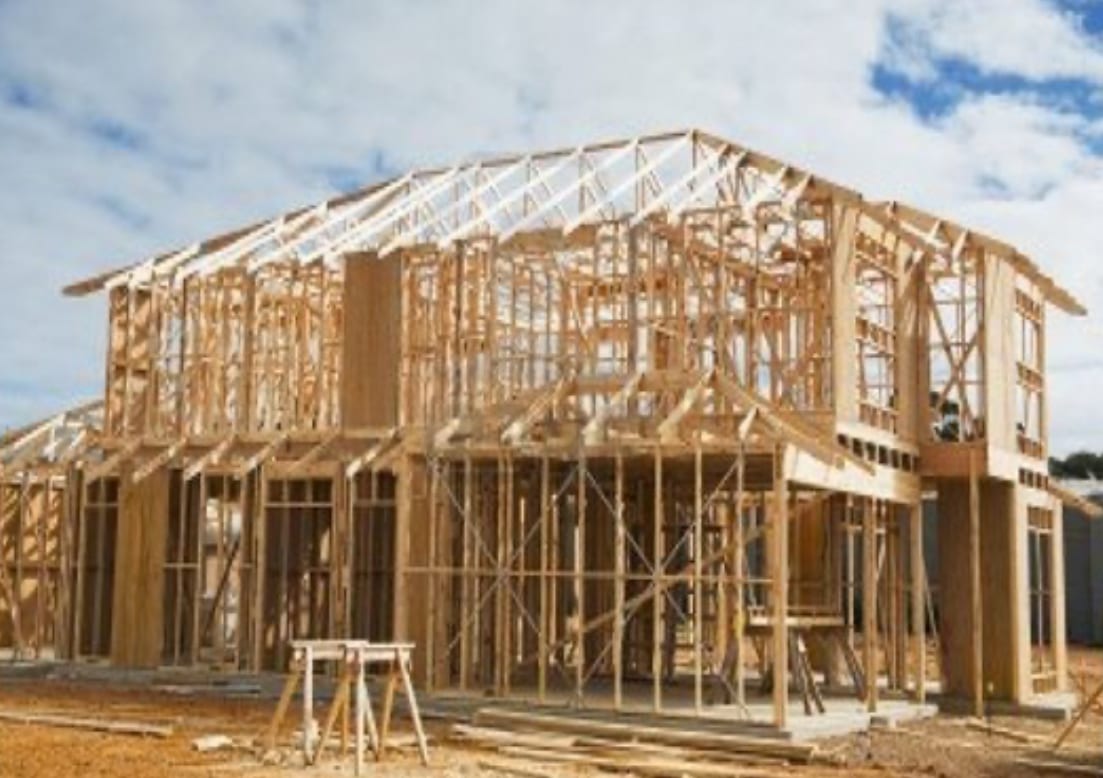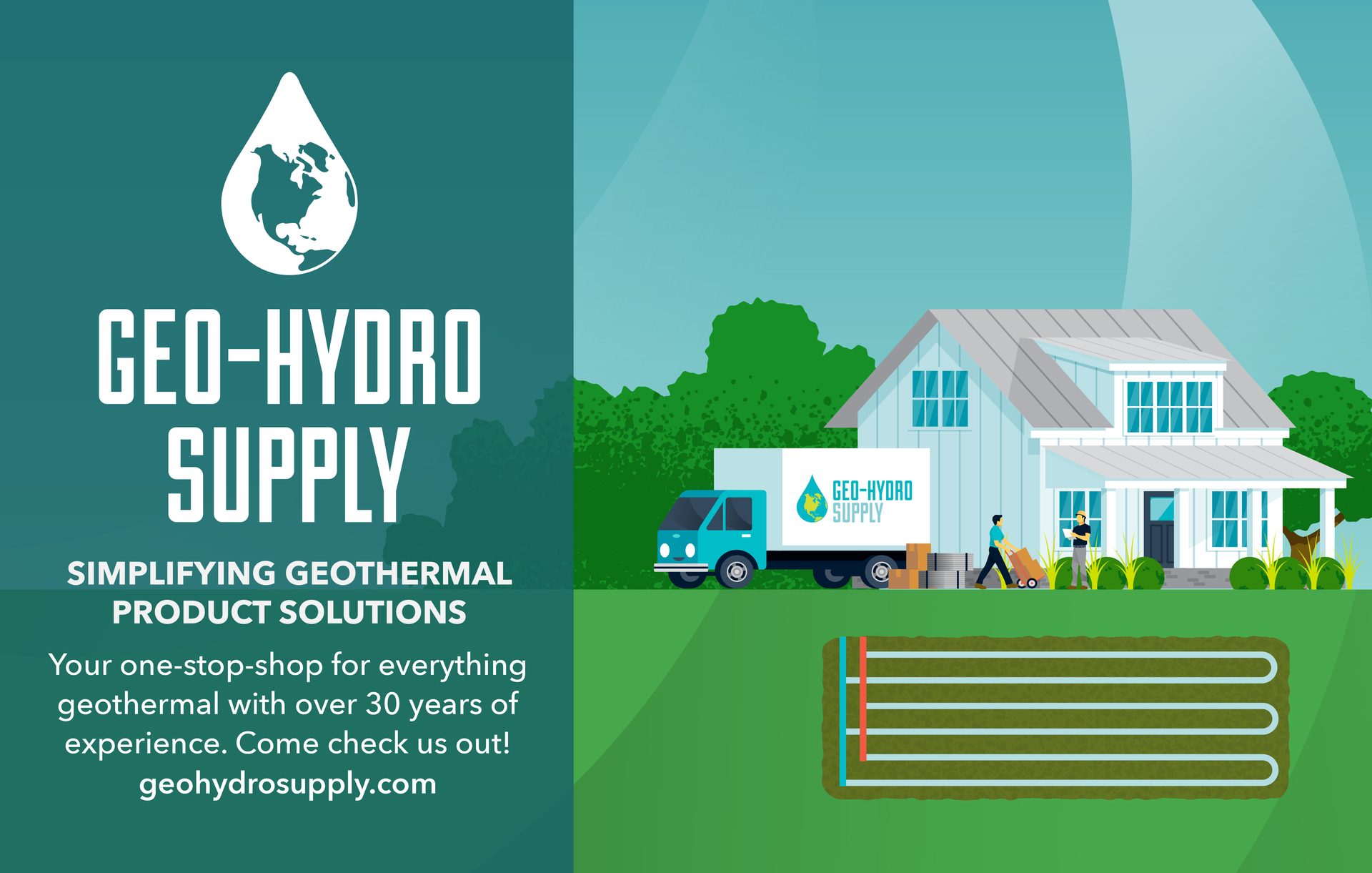
Unlocking the Potential of Geothermal Heat Pump Systems: A Builders Guide
By Greg Kurtz, IGSHPA Technical Director
Happy New Year! As we enter a new year, things are changing in the residential construction industry. The pursuit of sustainable and eco-friendly homes is gaining momentum, with a growing focus on “Green Homes” and the adoption of geothermal heat pump systems. Recently, a residential home builder reached out to me with a set of questions and concerns regarding the integration of geothermal heat pump technology into their projects. Let’s dive into the key issues raised and explore practical solutions for a seamless transition to greener energy alternatives.
Challenges in Geothermal Heat Pump Projects
The builder highlighted to me the evolving landscape of state residential energy codes, emphasizing the shift toward all-electric homes and the inevitable rise of geothermal heat pump systems. However, a significant hurdle emerged – the perceived reluctance of HVAC and Loop Contractors to collaborate on these projects. The builder expressed concern about the complexities involved in managing two subcontractors with seemingly conflicting interests.
In response, the builder acknowledged the need for oversight from a manager well-versed in both aspects of the project. To address this concern without overwhelming the builder, several key points were emphasized in my response.
A. Basic Knowledge is Essential: The prime contractor must possess fundamental knowledge about acceptable designs, unit sizes, installations, and commissioning of geothermal heat pump systems.
B. Specialized Contractors are Crucial: Utilize trained geothermal heat pump HVAC contractors and Loop Installers, steering clear of traditional HVAC/Plumbing contractors or water well drillers lacking geothermal heat pump expertise.
C. Avoiding Issues through Understanding: Embarking on a project without a comprehensive understanding of geothermal systems’ design, installation, and commissioning may lead to potential issues and liabilities.
Slow Growth of the Geothermal Industry: Explained
The builder questioned me on whether the industry’s slow growth was attributed to these challenges. My response outlined multiple reasons for the measured progression:
A. Changing Climate Concerns: Increasing awareness of global climate threats is prompting a shift towards sustainable energy solutions.
B. Energy Code Updates: Revisions to energy codes are incorporating higher efficiency requirements in building construction and HVAC system design.
C. Transition from Fossil Fuels: In the past, government subsidies to the fossil fuel industry have disadvantaged electricity as a first-cost energy option. However, a positive shift is underway, aiming to create parity among various HVAC equipment choices. This change encourages builders, HVAC contractors, and consumers to explore the benefits of proven technologies, such as geothermal heat pump systems, despite the initial higher investment costs. The availability of government incentives, including IRA Tax Credits and the Inflation Reduction Act, now makes it more accessible for a broader population to embrace these sustainable alternatives.
D. Resistance from Traditional Players: Large residential developers, especially in collaboration with fossil fuel companies, have been hesitant to embrace non-traditional HVAC systems, fearing a disruption in their established practices.
E. Code Adaptation: Local building codes only started addressing geothermal heat pump systems around 2016 in the United States.
F. Lack of Promotion: Traditional HVAC equipment manufacturers and contractors have been slow to promote geothermal systems due to potential impacts on their existing sales models.
"The availability of government incentives, including IRA Tax Credits and the Inflation Reduction Act, now makes it more accessible for a broader population to embrace these sustainable alternatives."

Advice for Builders Considering Geothermal Heat Pump Systems
For our GeoOutlook readers, especially builders venturing into geothermal projects, consider the following advice:
A. Invest in Education: Become an IGSHPA member and attend relevant training courses to gain a comprehensive understanding of geothermal heat pump systems.
B. Choose Certified Professionals: Hire IGSHPA members trained in geothermal design, engineering, architecture, HVAC installation, and loop installation.
C. Plan for Temporary Heating/Cooling: Provide an alternative heat/cooling source during construction to avoid reliance on geothermal systems until completion.
D. Select Appropriate Ground Loop Systems: Consult with qualified geothermal contractors to determine the best ground loop system based on site conditions, available space, and budget.
E. Prioritize Right Sizing: Base HVAC, duct distribution, and loop heat exchanger sizes on approved methods, ensuring optimal cost-effectiveness.
F. Quality Control in Construction: Ensure high-quality materials and procedures for piping, grouting, and flushing processes to guarantee the integrity of the ground loop system.
G. Careful Antifreeze Selection: Choose an antifreeze solution compatible with the system components, following manufacturer specifications and local codes.
By adhering to these guidelines, builders can navigate the challenges of geothermal projects, minimize the risk of poor-quality installations, and unlock the full potential of geothermal heat pump systems for sustainable and energy-efficient homes. Here’s to a greener and more sustainable future in residential construction!
Greg Kurtz., IGSHPA, Technical Director, gkurtz@igshpa.org

IMAGE CREDIT: Getty Images / SimplyCreativePhotography / Royalty-free / E+


